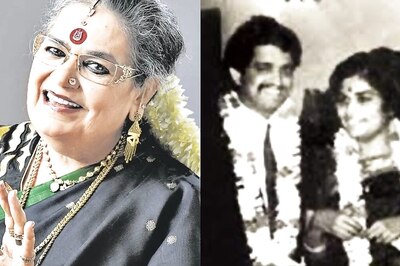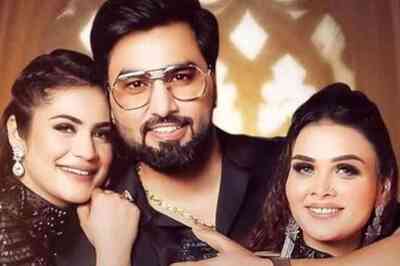
views
KOCHI: One morning, seven years ago, Rahul George (name changed), 48, was brought to the Lakeshore Hospital in Kochi by relatives. Bizarrely, he was carrying a letter from a hospital in Thiruvananthapuram stating that he was suffering from lung cancer and had a week to live. Hence, he was being released.“Rahul’s chest was full of blood,” says Dr Thomas Varughese, the senior consultant oncologist surgeon. Apart from an emergency procedure to drain the blood, a surgery was done. One half of the lung was removed. After rest and recuperation Rahul returned to Alappuzha where he has just retired as a physiotherapist in a government college. “This is one of my most memorable cases,” says Thomas. “I saved a man from the brink of death.”Unfortunately, the incidence of cancer is rising alarmingly today. “Earlier, those who had cancer would be in their fifties or sixties,” says Thomas. “Now, people in their twenties and thirties are affected.” One of the major causes is the type of food we eat. “Milk products are very risky. It contains an insulin like growth factor, which is a stimulant of cancer. Milk is a carcinogenic product,” he says. As for meat, the red content is called haem. “Haem is a carcinogenic,” says Thomas. “When haem is within the meat, it is fine. That is why meat-eating animals don’t get cancer. But when the meat is cooked, haem gets out. It enters the intestine and causes damage.” Cooked meat also contains plenty of nitrous amines. These are also carcinogens, with easy access to the intestines and the bloodstream. A meat-heavy diet is one reason why in Europe and the USA, the incidence of colon cancer is very high. Too much oily food is also unhealthy, because it contains saturated fats, which are carcinogenic. Other reasons for the increased rate of cancer are the widespread habits of drinking alcohol and smoking. “Tobacco has over 400 carcinogens,” he says. Thomas suggests a rich vegetable diet, with a lot of bran. “Bran contains omega 3 fatty acid, which protects against heart attacks and cancer,” he says. “Bran is a soluble fibre. We need fibre in our food, because it acts as a scavenger. It takes away all the waste material from the body.” Fruits like water melons, oranges, and grapes act as antioxidants and protects against cancer.Thomas also suggests a regular workout. “Exercise burns calories,” he says. “Along with that, anabolic hormones get activated and these protect the body.”During an operating day, Thomas ends up doing all kinds of surgeries: head and neck, esophagus, breast and abdominal surgeries. In a video that he shows on his computer, he cuts with practised ease. “The most difficult part is to inform the patients that they have cancer,” says Thomas. “Whatever way you say it, with a smile, or in a light-hearted manner, the word has the impact of a bombshell.” “I never get angry with my patients even if they are upset or angry,” says Thomas, who is forceful by nature. “The important thing is to inculcate a fighting spirit within them.”Thanks to recent advances, if a cancer is detected early, there is a strong possibility of a cure. “The PET (Positron Emission Tomography) scan is a wonderful new addition,” says Thomas. A PET scan will show whether the disease is localised or spread all over the body and is far more effective than a CT scan. Thomas is a product of the Tata Memorial Hospital in Mumbai, and has done advanced training in Memorial Sloan Kettering Centre in New York, MD Anderson Cancer Hospital in Texas, John Hopkins University in Baltimore, apart from hospitals in Japan and Australia. In his 24-year career, he has done 4000 surgeries. Today, Thomas is optimistic about a cure for cancer. “As the technology improves, especially in diagnosis, radiation and surgery, I am sure there will come a day when people no longer feel terrified when they are told they have cancer,” he says.



















Comments
0 comment